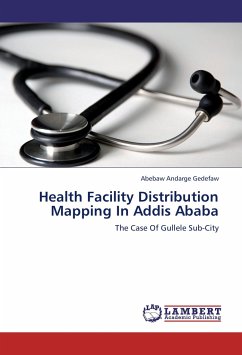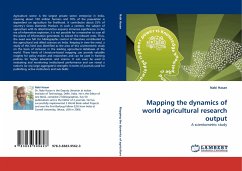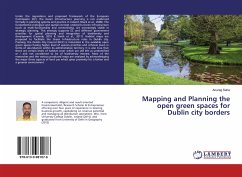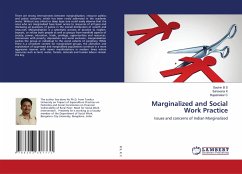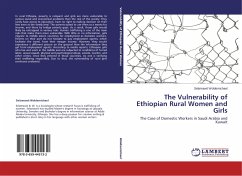This study uses GIS to determine if the aggregation of census block data are better than census block group data for analyzing social vulnerability. This was done by applying a social vulnerability method that used census block group data for a countywide analysis and converting it to use census blocks for a countywide analysis and a municipal-wide analysis to determine which level of aggregation provided a more precise representation of social vulnerability. In addition to calculating the social vulnerability, the results were overlaid with an evacuation zone for the threat of a train derailment, determining which aggregation better depicted at-risk populations. The results of the study showed that the census blocks enable a more exact measurement of social vulnerability because they are better at capturing small pockets of high-risk areas. This study concludes that census block are more advantageous than census block groups because they are more sensitive and geographically exact in measuring social vulnerability, allow for a better interpretation of social vulnerability for smaller areas, and show spatial patterns of vulnerability at a finer spatial scale.
Bitte wählen Sie Ihr Anliegen aus.
Rechnungen
Retourenschein anfordern
Bestellstatus
Storno


